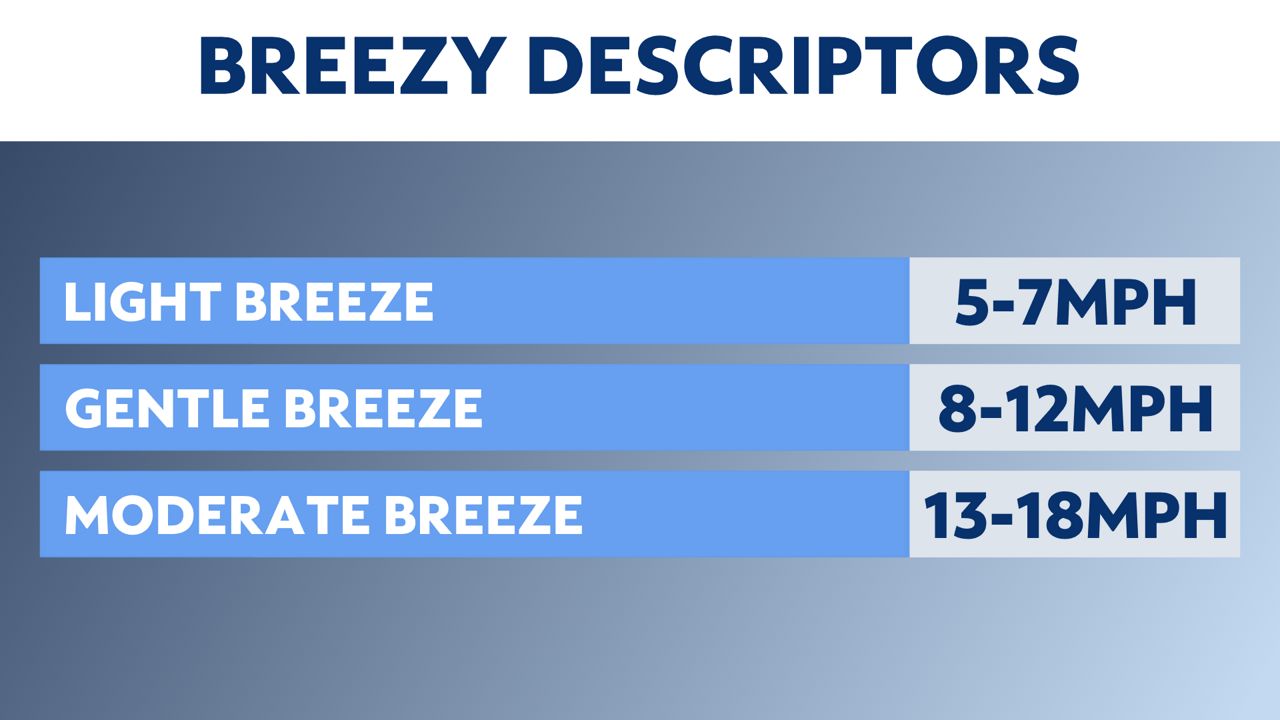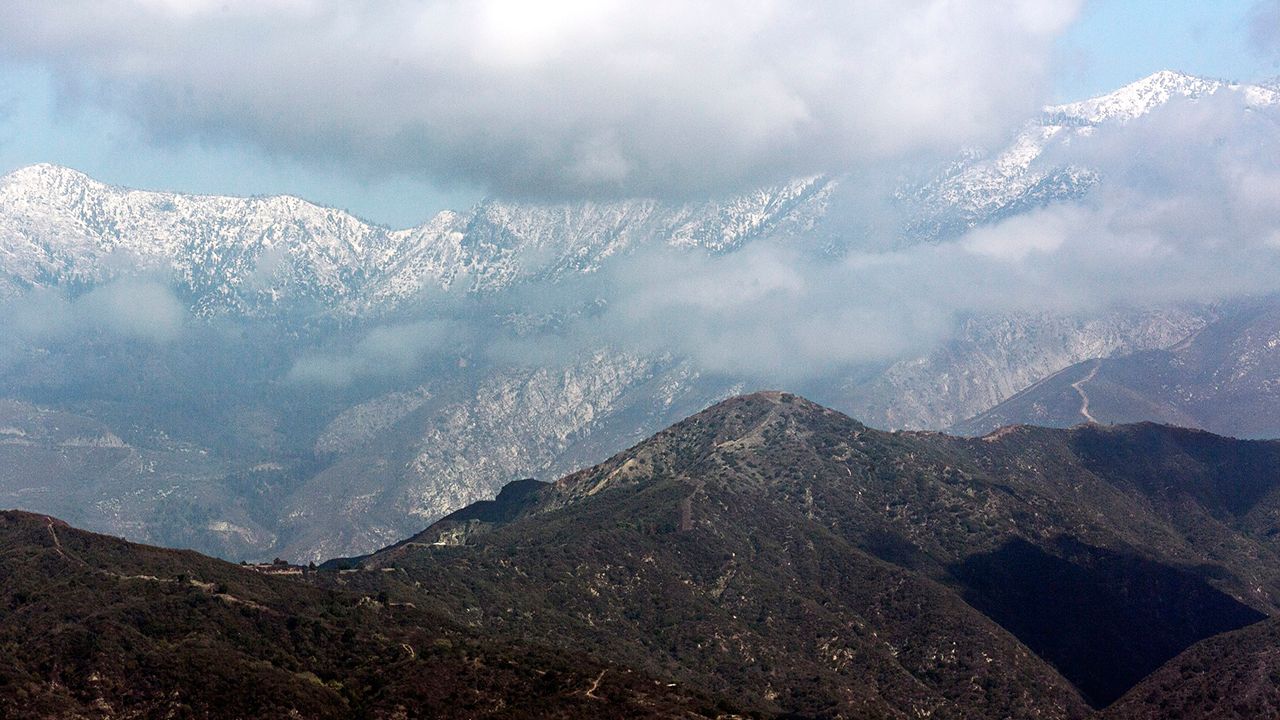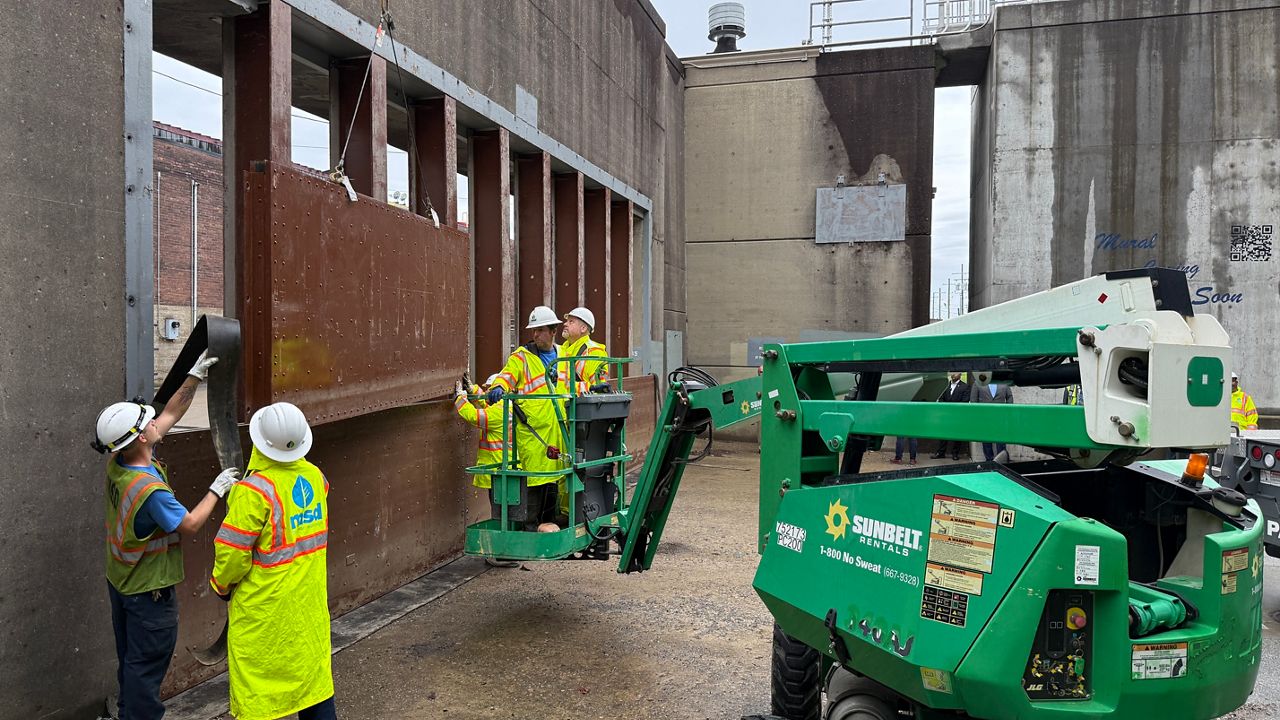Many people determine if it’s windy or not by how much their hair blows, how much the trees sway, how much the flag whips in the wind, and so on. These are good visual clues when estimating wind speed, but there are formal classifications for describing wind.
There aren’t just two classifications for wind: windy or not windy. Meteorologically, wind has many classifications based on its speed. Admiral Sir Francis Beaufort created the Beaufort Wind Scale in 1805 to help sailors estimate wind speed based on what they saw. The scale goes from 0-12.
When the air seems to be motionless, the wind is classified as calm. A visual indicator of this is a smoke plume that rises straight up with no drift.
When the wind speed is up to 5 mph, it’s classified as light and variable. You may not notice any leaves or flags moving, but there would be a little smoke drift if a smoke stack was nearby.
When the winds pick up a bit, you’ll start to notice a breeze on your face or leaves beginning to rustle. Generally, "breezy" can be used to describe wind that blows anywhere from 5-20 mph, ranging from a light to moderate breeze.

You’re more than welcome to throw out the windy descriptor when the wind speeds reach 20 mph. Everything seems to start moving: tree branches, whipping flags, wind chimes making their best melodies.
This is where boating really starts to come in. Gale force winds range from 39-46 mph (34-40 knots, or nautical miles per hour). Strong to severe gale force ranges from 47-54 mph (41-47 knots).
Visual evidence of gale-force winds on seas includes high waves and sea spray that reduces visibility. On land, gale-force winds would trigger the National Weather Service to issue a High Wind Warning as there could be damage to trees and slight structural damage.
Now, we’re talking sustained winds of 74 mph or higher. Structural damage can be expected along with widespread power outages.
Typically, winds this strong are associated with an actual hurricane. If so, the Saffir-Simpson Hurricane Wind Scale is used to categorize hurricanes based on their sustained winds.
The scale goes up to a Category 5, where the sustained winds are 157 mph or higher. Catastrophic damage can be expected with winds this violent.









